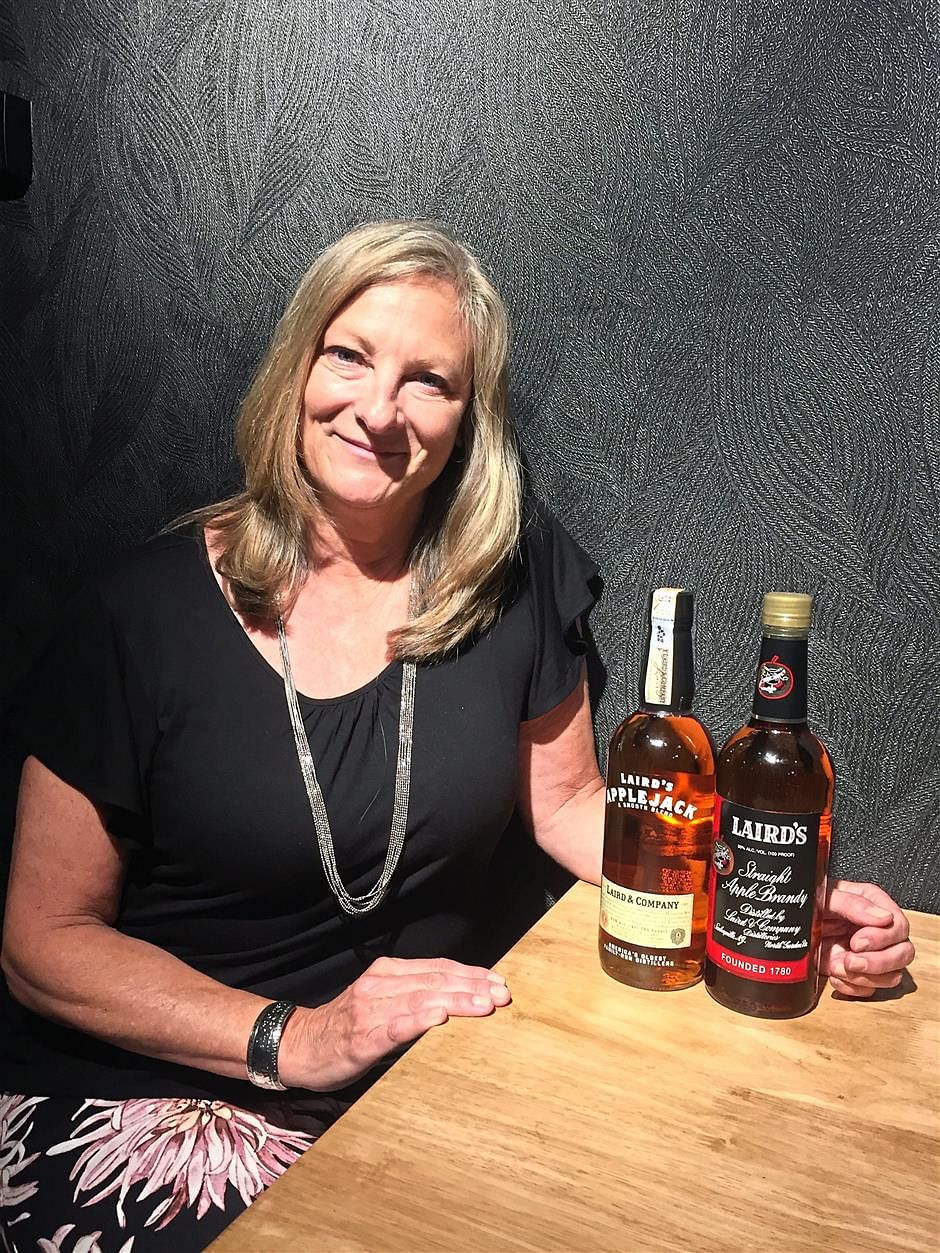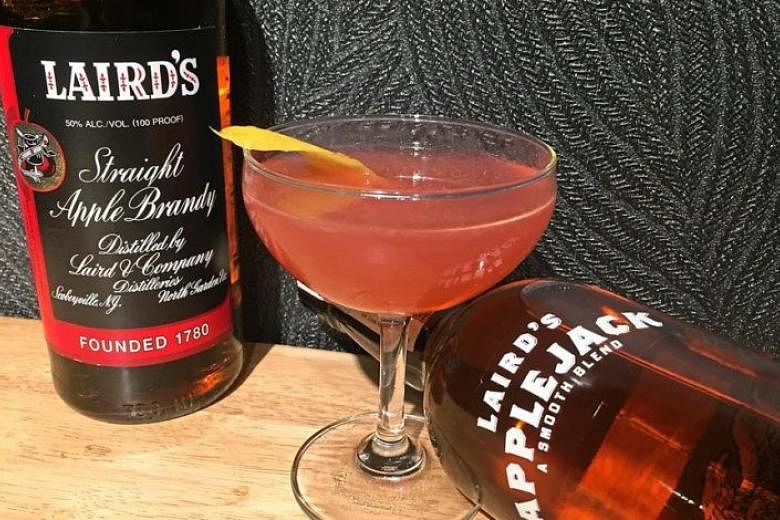(THE STAR/ASIA NEWS NETWORK) Made from apples, applejack is the oldest distilled spirit in the United States, predating even bourbon. The company that pioneered the method and still makes the apple brandy today, Laird & Co, is also the oldest licensed and family-run distillery in the country.
Despite its long history, there was a time when applejack nearly disappeared from bars completely.
"We call them the 'lean years'," says Laird & Co's vice-president and ninth-generation family member, Ms Lisa Laird Dunn, who was in Kuala Lumpur for a visit recently.
"In the late 1970s, the American consumer was moving away from heavy brown spirits and started drinking more rum, gin and vodka. We just couldn't compete and we even stopped distilling for 10 years because we had too much inventory."
To survive, Laird & Co diversified its business. "We started importing wines and spirits from around the world and producing other spirits, such as vodka, gin and whisky. If we had just applejack, we would have closed our doors in the 1980s," she said.
Today, applejack is on a resurgence thanks to overwhelming support from the global bartender community. "The bartending community has been a huge help to us. They've been going back to fresh juices, fresh ingredients and original post-Prohibition ingredients because they're interested in classic cocktails from the 1930s and 1940s," she said, adding that, as the biggest producers of applejack, Laird & Co's products feature in a lot of classic cocktails from that period.
The Jack Rose is probably the most famous classic cocktail that uses the spirit. Made with applejack, grenadine and lemon or lime juice, it was even featured in Ernest Hemingway's 1926 classic novel, The Sun Also Rises.
However, Ms Laird Dunn said, bartenders stopped using fresh lemon juice and homemade grenadine in the 80s, so the drink was horrible and did not taste the same. "Now that the bartenders are going back to fresh ingredients, it makes a huge difference in the drink," she said. "Bartenders have really sparked the resurgence of our product."
According to the Laird & Co website, the history of applejack began in 1698, when founder William Laird emigrated from Scotland and settled in Monmouth County, New Jersey. He was believed to be a distiller by trade and put his skills to work on the most abundant distillable product in the area - apples.
"We take the apples, crush them, then take the pure apple juice and ferment it naturally, which takes seven to 10 days," Ms Laird Dunn explained. "It then becomes hard cider, which is about 12 per cent ABV (alcohol by volume). We take that and distil it, which comes off about 160 proof (80 per cent ABV), reduce it to 130 proof (65 per cent ABV), then put it in charred ex-bourbon oak barrels and age it for a minimum of four years."

Applejack is not the only spirit that is made using apples. The French apple brandy Calvados is also a category of its own, though Ms Laird Dunn said there is a big difference between that and applejack.
"The main difference is in the type of apples. We use everyday eating apples you find in a grocery store, but Calvados uses cider apples, which are very small, tart and bitter. Their apples also have to come from a certain growing region, but our apples can come from anywhere."
She said it takes 7,000 pounds (3,175kg) of apples to produce one 50-gallon (189-litre) barrel of apple brandy. According to US federal law, only whole apples can be used in the production of applejack and no additives or yeast cultures can be added into the spirit.
"We need a lot more raw material and it's much more costly to produce. We're also beholden to the agricultural product, so when there's a bad growing season, we won't have as many apples to work with," she said.
"A perfect season for us is if it's a little dry, so we get higher sugar content and if there's hail in late season, because then the apples are ugly and we get more apples because they don't want ugly apples in the grocery stores," she said with a laugh. "We get all the ugly fruit, we don't care what we get."
Distributed in Malaysia by boutique spirits importers Wholly Spirits, there are currently two Laird & Co products available here. Laird's Applejack (40 per cent ABV) is a blended spirit made with 35 per cent apple brandy and 65 per cent neutral corn spirit; Ms Laird Dunn said it is more like an apple whisky.
"You get the hint of apples and it comes through in the cocktails. But because of the neutral grain spirit, you get lighter apple notes. It's got great mixability and comes through really well in cocktails," she said.
Made with 100 per cent apples and aged a minimum of four years, Laird's Straight Apple Brandy (50 per cent ABV) was the original applejack before the blended version was introduced.
"We called it Laird's Applejack Apple Brandy back then. But when we came up with the blended one, we called that blended applejack and this one apple brandy so we don't confuse our customers," she said.
"For a high proof spirit, it's very smooth. There are more apples, more of the bourbon influence from the casks. We have found through the years that once-used bourbon wood is most conducive for maturing apple brandy.
"Apple brandy is very delicate, so wood can overpower the apple flavour. You lose a lot of the apple aroma and flavour if you use new oak barrels."

